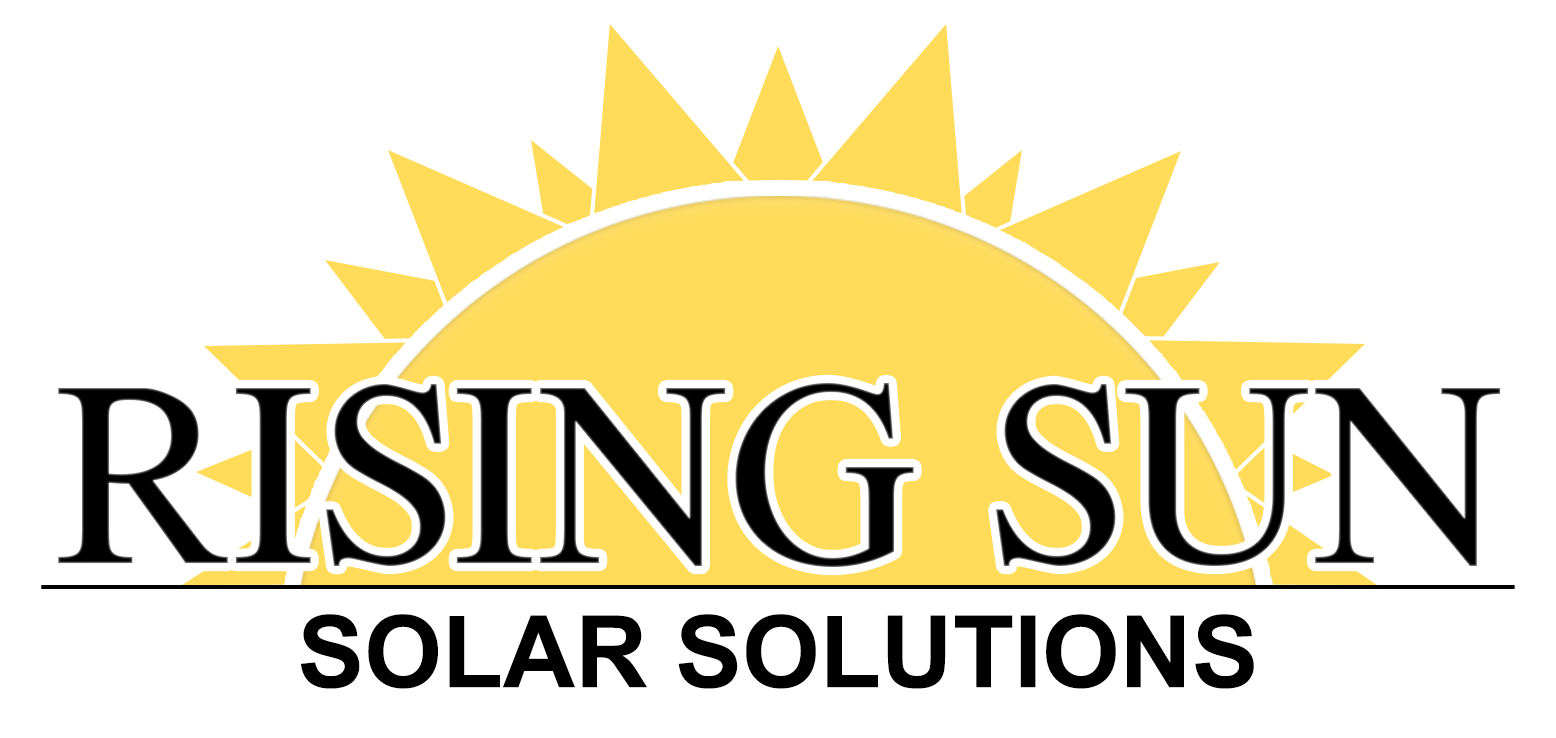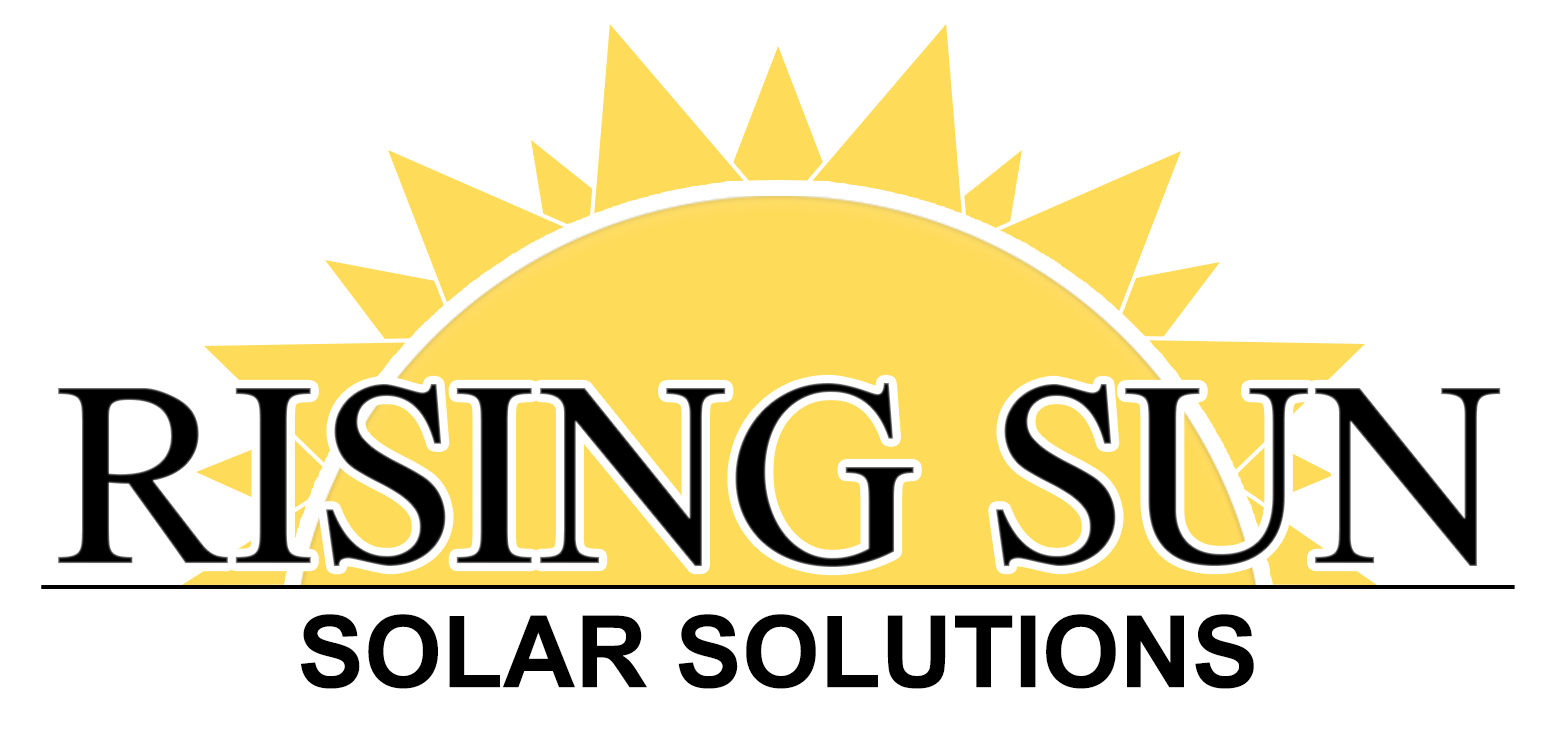Solar technology existed as early as the 7th century BC when the power of the sun was used as a tool, from starting fires and lighting torches to influencing architectural design for sunlight.
Progress moved slowly into the 1860s when patents emerged for using solar as a source of power in engines and other mechanisms.
Fast forward to the last two decades and we finally have an efficient-enough solar energy unit to allow for mass production and unlimited potential.
So, what’s next? Solar isn’t done evolving.
Let’s take a look at some trends and innovations in solar that are closer than you may think.
1. Perovskite Solar Cells
One of the most captivating breakthroughs in solar technology is the emergence of perovskite solar cells. These next-generation PV cells, composed of organic-inorganic hybrid materials, exhibit exceptional efficiency and versatility.
Perovskite solar cells possess the potential to surpass traditional silicon-based solar panels in terms of cost-effectiveness and performance. Researchers are actively exploring methods to enhance the stability and scalability of perovskite technology, bringing us closer to commercial viability on a large scale.
2. Bifacial Solar Panels
Bifacial solar panels represent a significant innovation in solar panel design. Unlike conventional solar panels that absorb sunlight only from the front surface, bifacial panels have the capability to capture light from both the front and rear sides, increasing overall energy yield.
By harnessing reflected sunlight and diffused light, bifacial modules offer enhanced efficiency and performance, particularly in environments with high albedo or indirect sunlight.
As advancements in bifacial technology continue, we can anticipate greater adoption of these panels in residential, commercial, and utility-scale solar installations.
3. Solar Energy Storage
The integration of energy storage solutions with solar power systems heralds a new era of grid independence and reliability. Battery storage technologies, such as lithium-ion batteries and flow batteries, enable the storage of surplus solar energy for later use, mitigating intermittency and variability inherent in solar generation.
Declining battery cost means that solar-plus-storage systems are set to enhance the way we consume and manage electricity, unlocking opportunities for self-consumption, peak shaving, and grid stabilization.
4. Thin-Film Solar Technology
Thin-film solar technology represents a lightweight and flexible alternative to traditional crystalline silicon solar cells. These ultra-thin photovoltaic films, composed of materials like cadmium telluride (CdTe) and copper indium gallium selenide (CIGS), offer advantages in terms of manufacturing scalability, installation versatility, and performance under low-light conditions.
With ongoing research and development efforts focused on enhancing efficiency and durability, thin-film solar technology holds immense potential for diverse applications, including building-integrated photovoltaics (BIPV) and portable solar devices.
5. Solar Tracking Systems
Solar tracking systems are gaining traction as a means to optimize solar energy capture throughout the day by orienting solar panels to track the sun’s movement. Single-axis and dual-axis tracking systems enable solar panels to follow the sun’s trajectory from east to west and adjust tilt angles for maximum sunlight exposure.
By dynamically adjusting panel orientation, solar tracking systems can significantly increase energy production and overall system efficiency, particularly in regions with varying solar angles and seasonal changes.
6. Integration of Artificial Intelligence (AI)
Artificial intelligence (AI) is poised to revolutionize the solar industry by enabling intelligent monitoring, optimization, and control of solar energy systems. Through the adoption of AI algorithms and machine learning techniques, solar installations can adapt dynamically to changing environmental conditions, electricity demand patterns, and grid dynamics.
AI-powered predictive analytics enable more accurate solar forecasting, allowing operators to anticipate solar generation fluctuations and optimize energy management strategies accordingly. Moreover, AI-driven diagnostic tools empower solar technicians to detect and address performance issues proactively, maximizing system uptime and efficiency.
As AI continues to grow, its integration into solar technology holds the promise of unlocking new levels of automation, efficiency, and reliability across the entire solar value chain, from manufacturing and installation to operation and maintenance. By harnessing the cognitive capabilities of AI, the solar industry can accelerate innovation, drive down costs, and pave the way for a smarter, more sustainable energy future.
Impact of Solar Technology
The evolution of solar technology holds profound implications for homeowners and business owners alike, improving the way they generate, consume, and manage electricity.
For homeowners, investing in solar energy translates to:
- Long-term savings on utility bills
- Increased property value
- Energy independence
- Optimized energy usage
Businesses stand to benefit from solar technology with:
- Operating costs reduction
- Enhanced sustainability credential
- Improved resilience against energy price volatility
By embracing solar solutions tailored to their specific needs and objectives, homeowners and business owners can position themselves at the forefront of the clean energy transition while reaping the financial and environmental rewards of solar adoption.
Embracing Solar Trends and Innovations Today
The best part about the future of solar technology is that you don’t have to wait long to embrace it.
As manufacturing prices continue to go down, the opportunity to upgrade solar tech goes up, making integration fast and affordable. From advanced materials and manufacturing techniques to integrated storage solutions and intelligent tracking systems, the evolution of solar technology continues to redefine the boundaries of what’s achievable.
Be a part of this exciting time in energy history by transforming your home or business with solar.
Contact Rising Sun Solar Solutions today for a free estimate.


